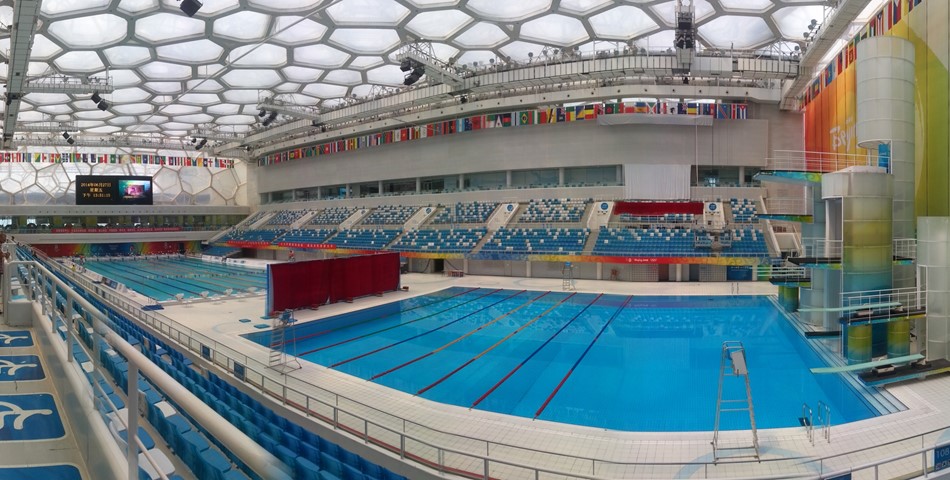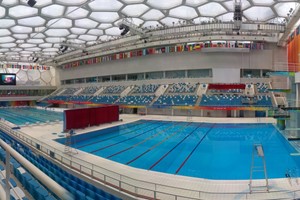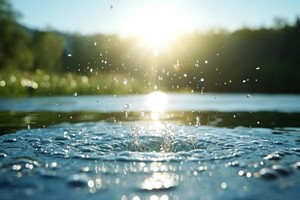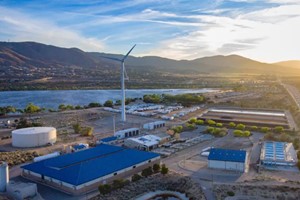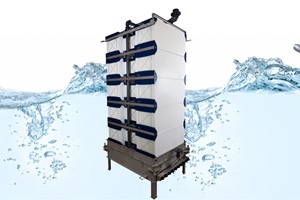Swimming pools differ in function (tropical swimming pool, sauna), size and conditions such as water temperature, cleaning system and water disinfection mechanism. Swimming pool water undergoes a number of purification processes in order to get it clean.
According to Lenntech, disinfectants used for swimming pool water disinfection must meet certain demands. They should be harmless and non-irritating to swimmers and attendants. They must be active in small concentrations and remain their activity for a long time. Contrary to drinking water disinfectants, disinfectants for swimming pool treatment must be active in the pool itself, because pollutions and pathogenic micro-organisms are constantly added to the water. Therefore, the water has to maintain a residual disinfectant concentration. The disinfectant must be easily traced and measured and should be safe to use.
In some countries, sodium hypochlorite is used for both oxidation and disinfection of swimming pools. When it is added to water, sodium hypochlorite increases the pH value. It is better to use chlorine as a disinfectant and an oxidizer at a pH value of 6,5. Often, acid is added to lower the pH value.
Chlorine-based disinfectants are among the most frequently applied disinfectants and oxidizers for swimming pool treatment. Chlorine is usually added as hypochlorous acid (HOCl) or hypochlorite (OCl-). Chlorine kills pathogenic microorganisms that are present in the water. When too much chlorine is present, it can cause eye and mucous membrane irritation, as a result of chloramine formation.
Threshold and maximum levels are set for chlorine concentration. For available chlorine the minimum concentration in swimming pools is set to 0,5 milligrams per liter. The maximum level is set to 1,5 mg/l. When using cyanic acid (stabilizer) minimum and maximum values are set to respectively 2,0 and 5,0 mg/L. For outdoor swimming pools and indoor pools smaller than 20 m2, the maximum level is set to 5,0 mg/l.
There are different methods available to purify swimming pool water, one of which is disinfection. Disinfectants are used to kill any remaining microorganisms in the water; it is an important process of water treatment as it can prevent pathogenic microorganisms from causing human disease.


Lowering the chlorine concentration is undesirable, because this increases the risk of waterborne diseases. Alternative disinfectants can be used as well; these decrease the required amount of chlorine or cause chlorine addition to be irrelevant. The pH value is measured daily. It should be between 6,8 and 7,8. At a pH of 7,0, the amount of free chlorine present is 70 percent, while this concentration decreases to 20 percent at pH of 8,0.
The water and air temperature in swimming pools is usually high, as well as the humidity. This influences the activity of disinfectants and the behavior of substances that are formed in the swimming pool during disinfection.
When sodium hypochlorite is used, chlorine gas is formed due to reactions with the acid that is added to lower the pH of the water. Chlorine gas must be removed, because it can be harmful to human health and corrosive on materials. Chloramines, formed through reactions of ureum and chlorinated disinfectants, are corrosive as well.
The global chlorine market is expected to reach USD39.31 billion by 2024, according to a new report. Increasing demand for chlorine across various industries for manufacturing intermediate products such as hydrochloric acid, chlorides, etc. is expected to be a key factor influencing the market growth.
Asia Pacific was the leading regional market and accounted for 56.6 percent of total market volume in 2015. Increasing construction spending in China, India, Indonesia and Thailand is expected to drive the regional market by 2024.


The region is also expected to witness the fastest growth of 4.7 percent by 2024 due to incessant demand for chlorine in construction as well as chemical industry. Price fluctuations due to uneven demand and supply particularly in Asia Pacific are expected to pose challenges to key industry participants in the region.
Chlorine is highly reactive when it comes in contact with other materials which increase handling risk. Toxicological nature of chlorine also adds up to the market challenges.
North America is expected to witness moderate growth mainly on account of recovery of construction in industry in the U.S. The region is expected to grow at an estimated CAGR of 4.2 percent from 2016 to 2024.
Key market players include Hanwha Chemical Corporation, Ineos Group Ltd., The Dow Chemical Company, Tosoh Corporation, PPG Industries, Tata Chemicals Ltd., BASF SE, FMC Corporation, Olin Corporation, Formosa Plastics Corporation, Occidental Petroleum Corporation, Xinjiang Zhongtai Chemicals Co. Ltd., and Nirma Ltd.



